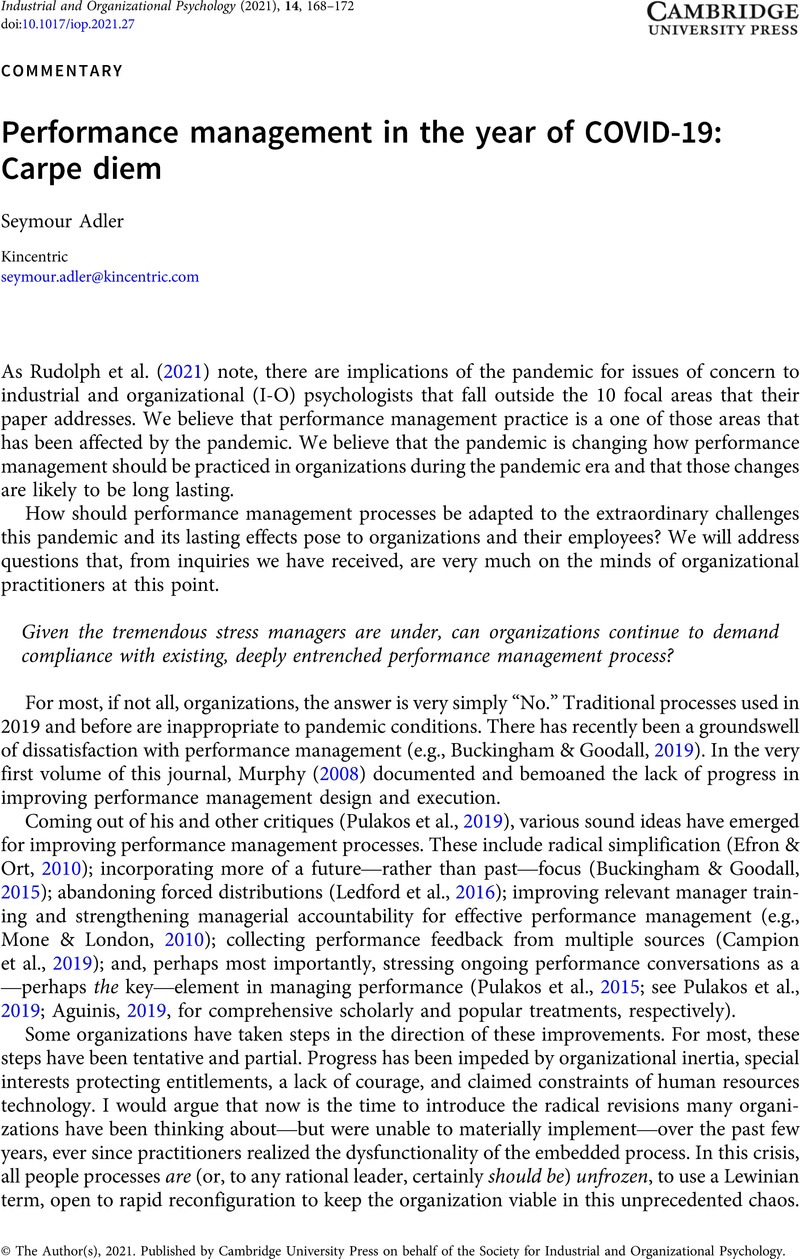Crossref Citations
This article has been cited by the following publications. This list is generated based on data provided by Crossref.
Işık, İdil
Yücel, Betül
and
Özbudak, Esin Çetin
2022.
Handbook of Research on Challenges for Human Resource Management in the COVID-19 Era.
p.
116.



